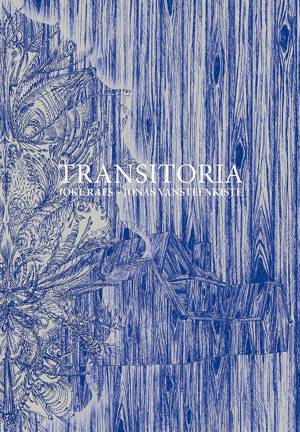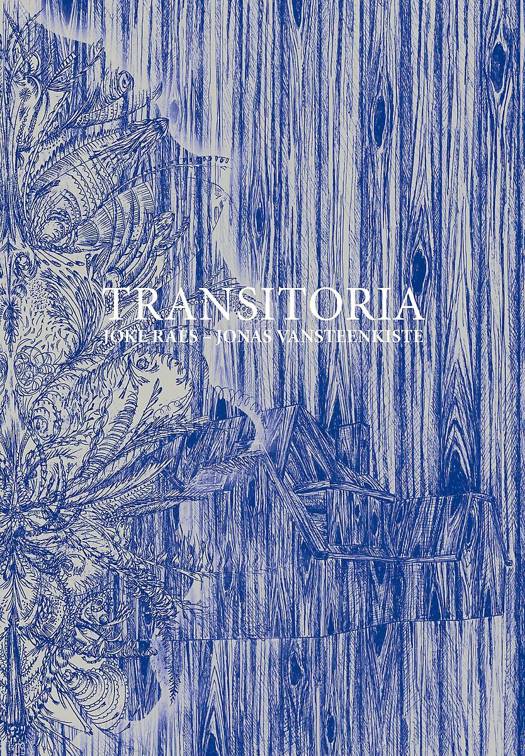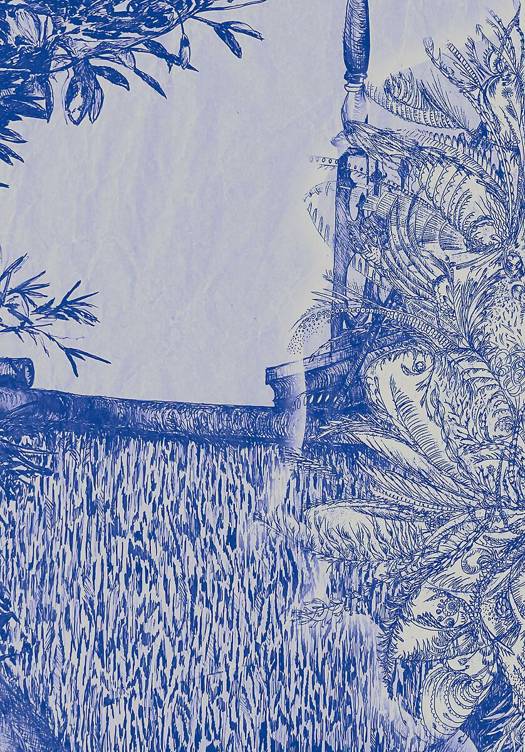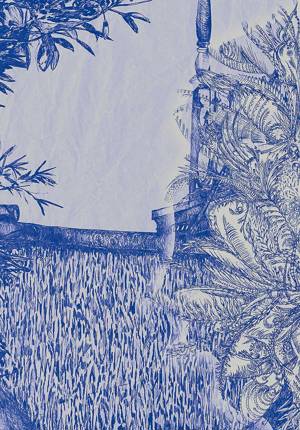
- Afhalen na 1 uur in een winkel met voorraad
- Gratis thuislevering in België vanaf € 30
- Ruim aanbod met 7 miljoen producten
- Afhalen na 1 uur in een winkel met voorraad
- Gratis thuislevering in België vanaf € 30
- Ruim aanbod met 7 miljoen producten
Zoeken
Transitoria - Joke Raes & Jonas Vansteenkiste
Joke Raes, Jonas Vansteenkiste, Philippe Van Cauteren, Els Wuyts, Mieke Mels, Sofie Crabbé, Jan Leysen, Jan Verhaeghe, Sevie Tsampalla, Frederik Van Laere, Ranti Tjan, Willem Elias, Stef Van Bellingen, Patrick Bassant, Jeroen Laureyns, Meruro Washida, Carine Fol, Julie Vandenbroucke, Yoriko Ishizawa
Paperback | Meerdere talen
€ 40,00
+ 80 punten
Omschrijving
Transitoria
First recorded in 1325–1375
Middle English: transitoria, from Latin tr?nsit?rius “fleeting”
Transit: the act or fact of passing through a transitional space, an intermediate space.
Transitoria has a relationship with Foucault’s Heterotopia. He uses the term to describe spaces that have more layers of meaning or relationships to other places than immediately meet the eye.
In general, a heterotopia is a parallel space. Foucault explains the link between utopias and heterotopias using the metaphor of a mirror. A mirror is a utopia because the image reflected is a ‘placeless place’, an unreal virtual place that allows one to see one’s own visibility. However, the mirror is also a heterotopia, in that it is a real object.
The heterotopia of the mirror is at once absolutely real, relating with the real space surrounding it, and absolutely unreal, creating a virtual image.
Appear/Disappear
Skin
Surprise
Repeat/Reprise
You/Me
Elusive
Reappropriation
Form Follows Fiction
Looking for balance
Living Portraits
Masks & Façades
Derrida
New Memories
Proliferate & Collect
Studio/Cabinet
First recorded in 1325–1375
Middle English: transitoria, from Latin tr?nsit?rius “fleeting”
Transit: the act or fact of passing through a transitional space, an intermediate space.
Transitoria has a relationship with Foucault’s Heterotopia. He uses the term to describe spaces that have more layers of meaning or relationships to other places than immediately meet the eye.
In general, a heterotopia is a parallel space. Foucault explains the link between utopias and heterotopias using the metaphor of a mirror. A mirror is a utopia because the image reflected is a ‘placeless place’, an unreal virtual place that allows one to see one’s own visibility. However, the mirror is also a heterotopia, in that it is a real object.
The heterotopia of the mirror is at once absolutely real, relating with the real space surrounding it, and absolutely unreal, creating a virtual image.
Appear/Disappear
Skin
Surprise
Repeat/Reprise
You/Me
Elusive
Reappropriation
Form Follows Fiction
Looking for balance
Living Portraits
Masks & Façades
Derrida
New Memories
Proliferate & Collect
Studio/Cabinet
Specificaties
Betrokkenen
- Auteur(s):
- Uitgeverij:
Inhoud
- Aantal bladzijden:
- 320
- Taal:
- Meerdere talen
Eigenschappen
- Productcode (EAN):
- 9789464363012
- Verschijningsdatum:
- 3/09/2021
- Uitvoering:
- Paperback
- Afmetingen:
- 165 mm x 236 mm
- Gewicht:
- 700 g

Alleen bij Standaard Boekhandel
+ 80 punten op je klantenkaart van Standaard Boekhandel
Beoordelingen
We publiceren alleen reviews die voldoen aan de voorwaarden voor reviews. Bekijk onze voorwaarden voor reviews.













